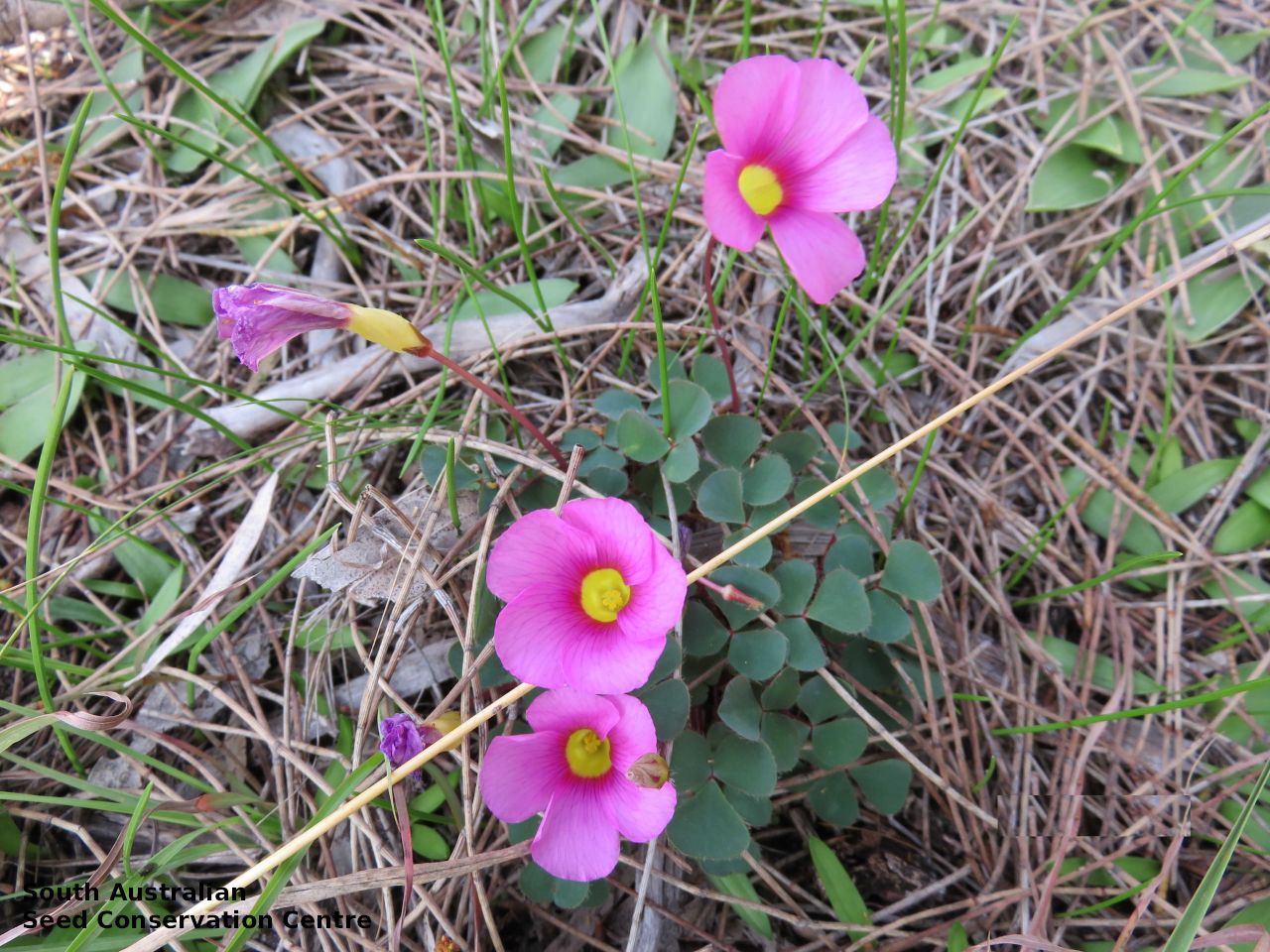
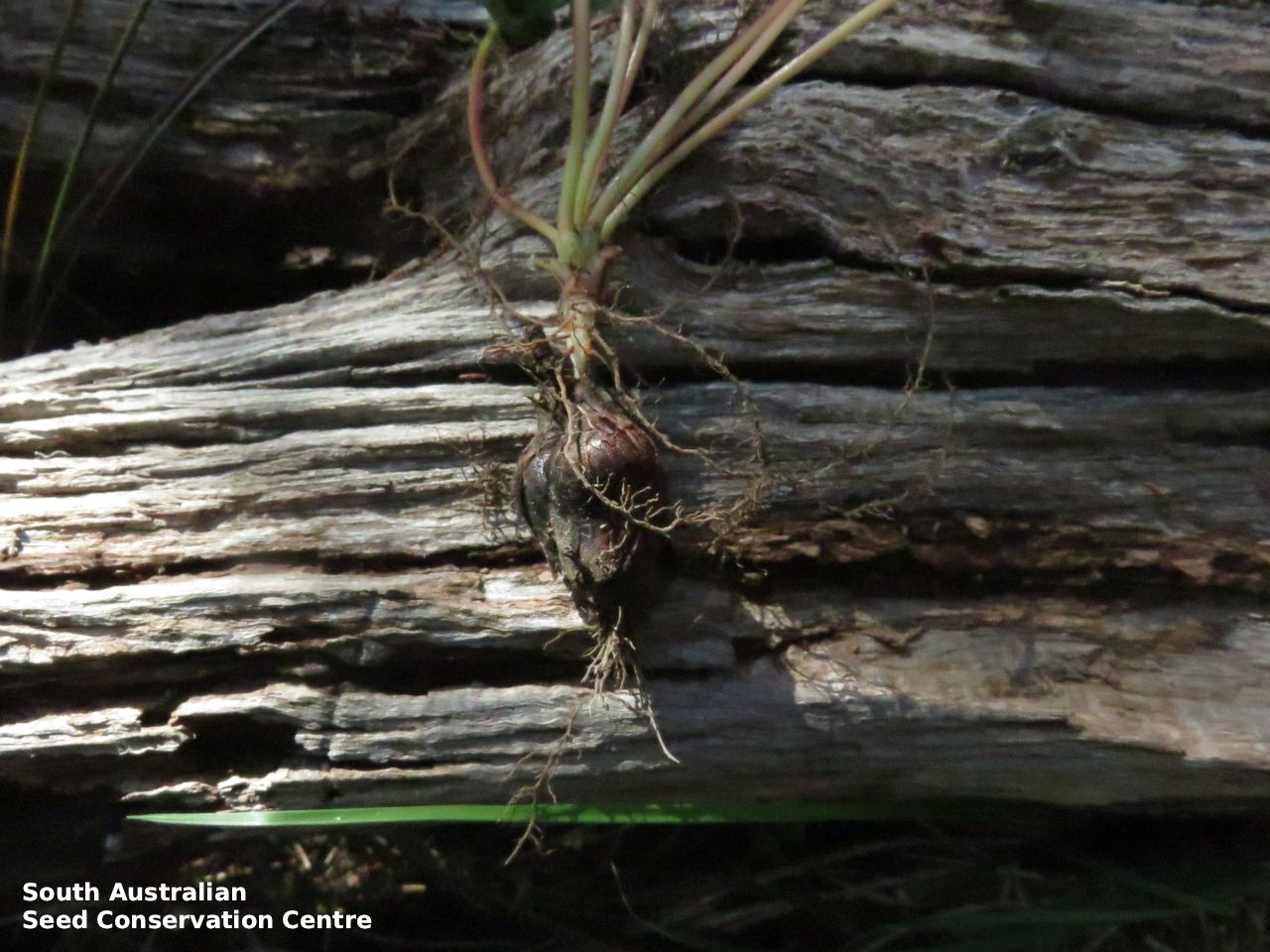
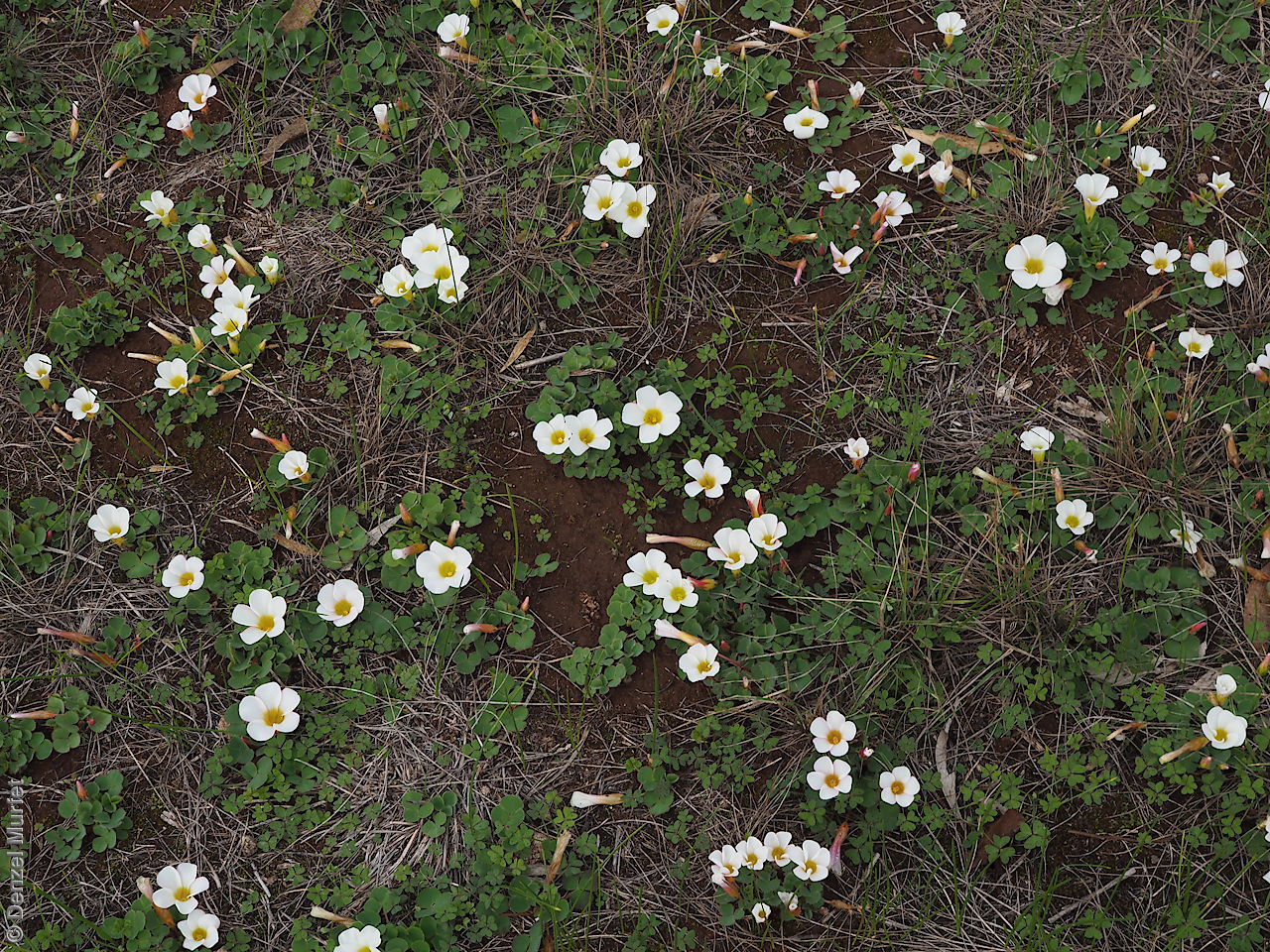
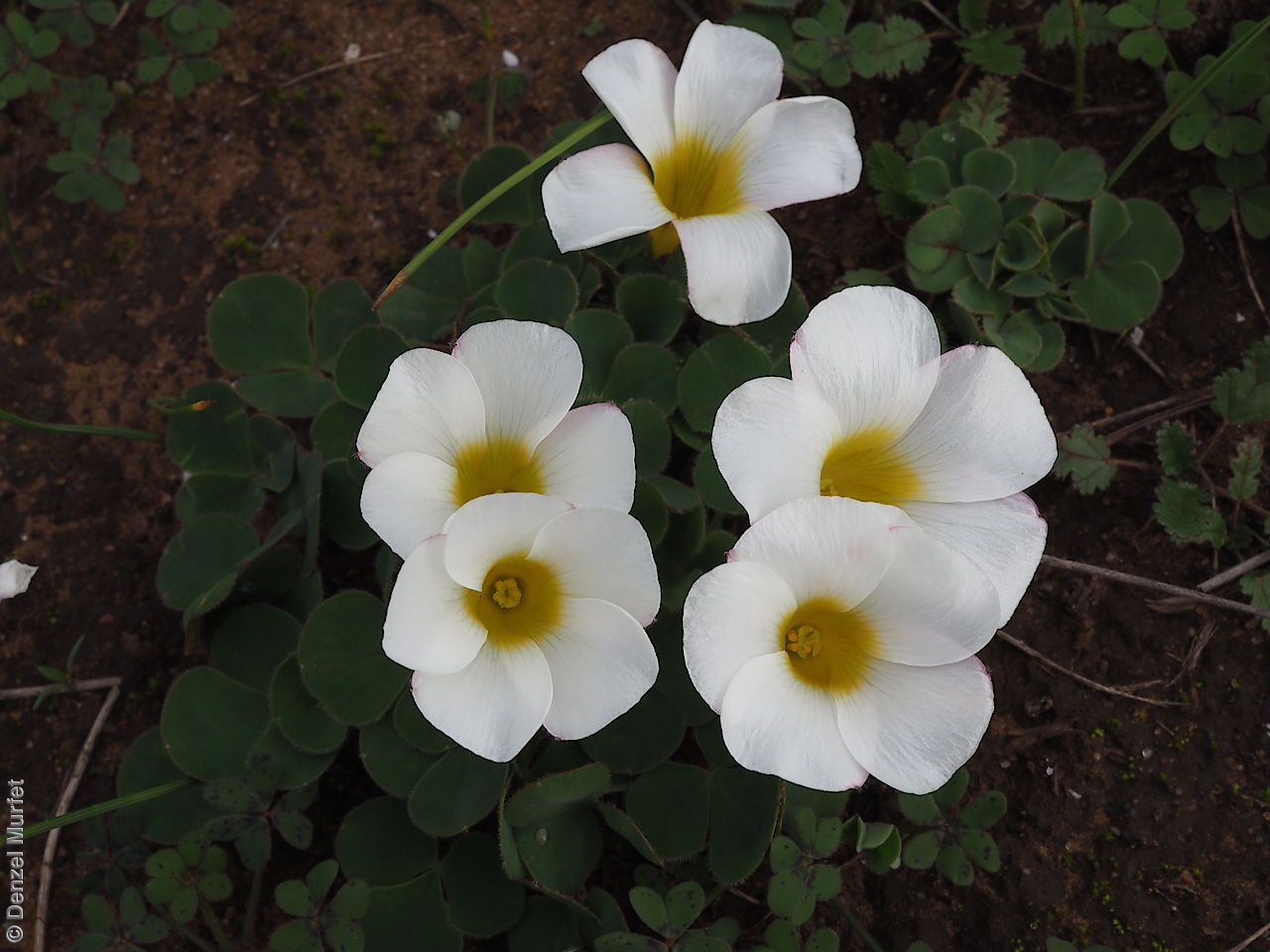
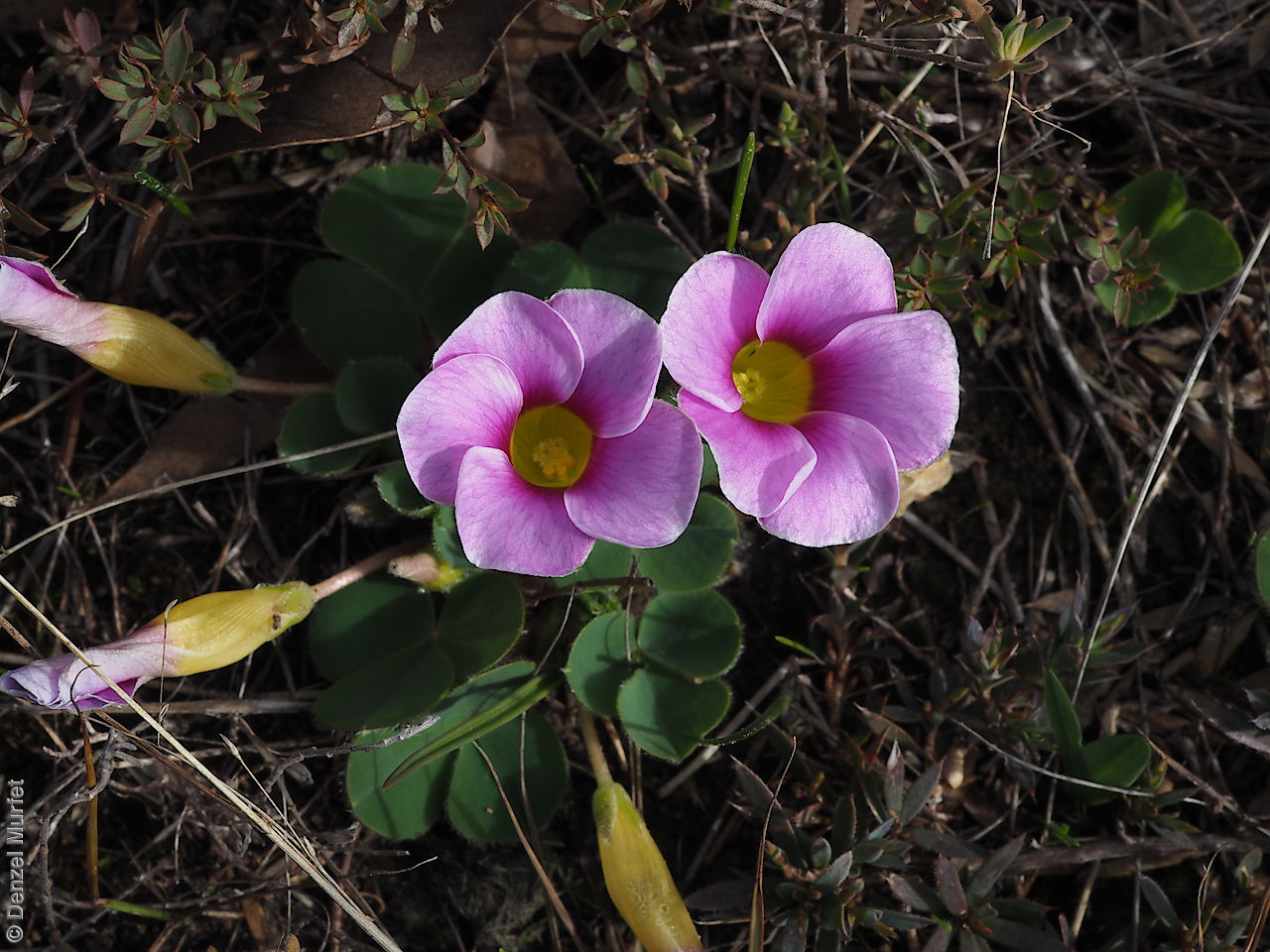
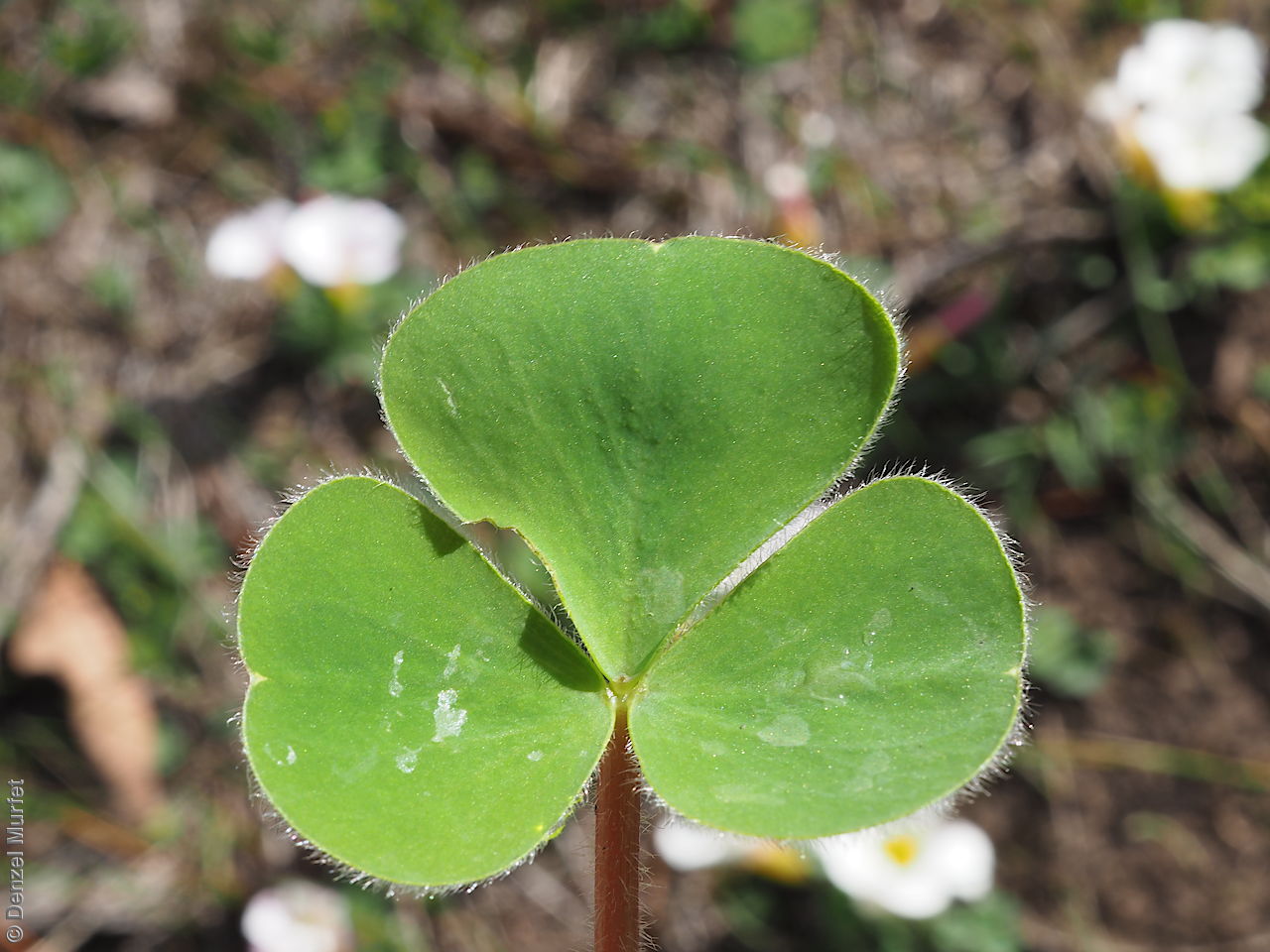
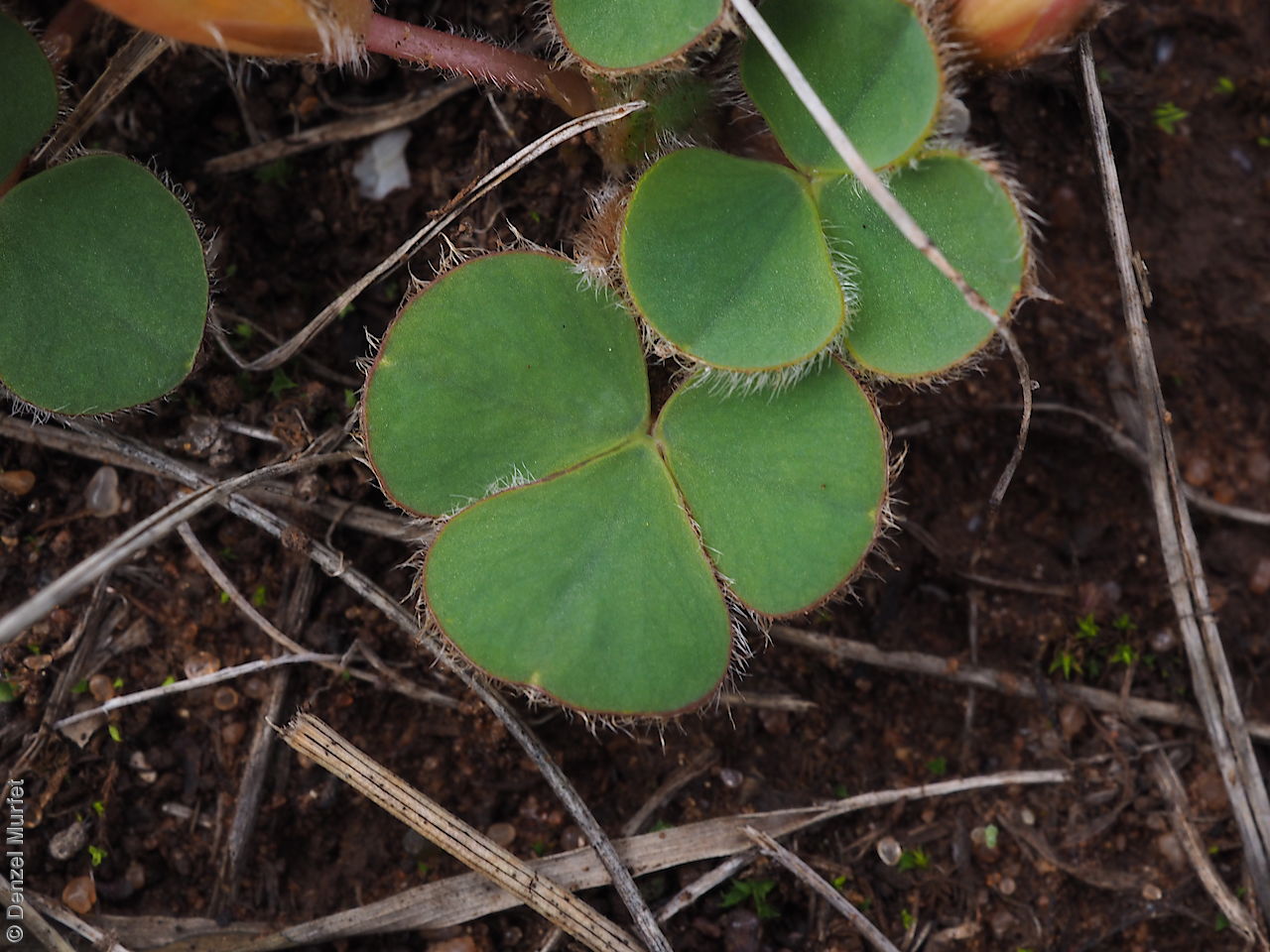
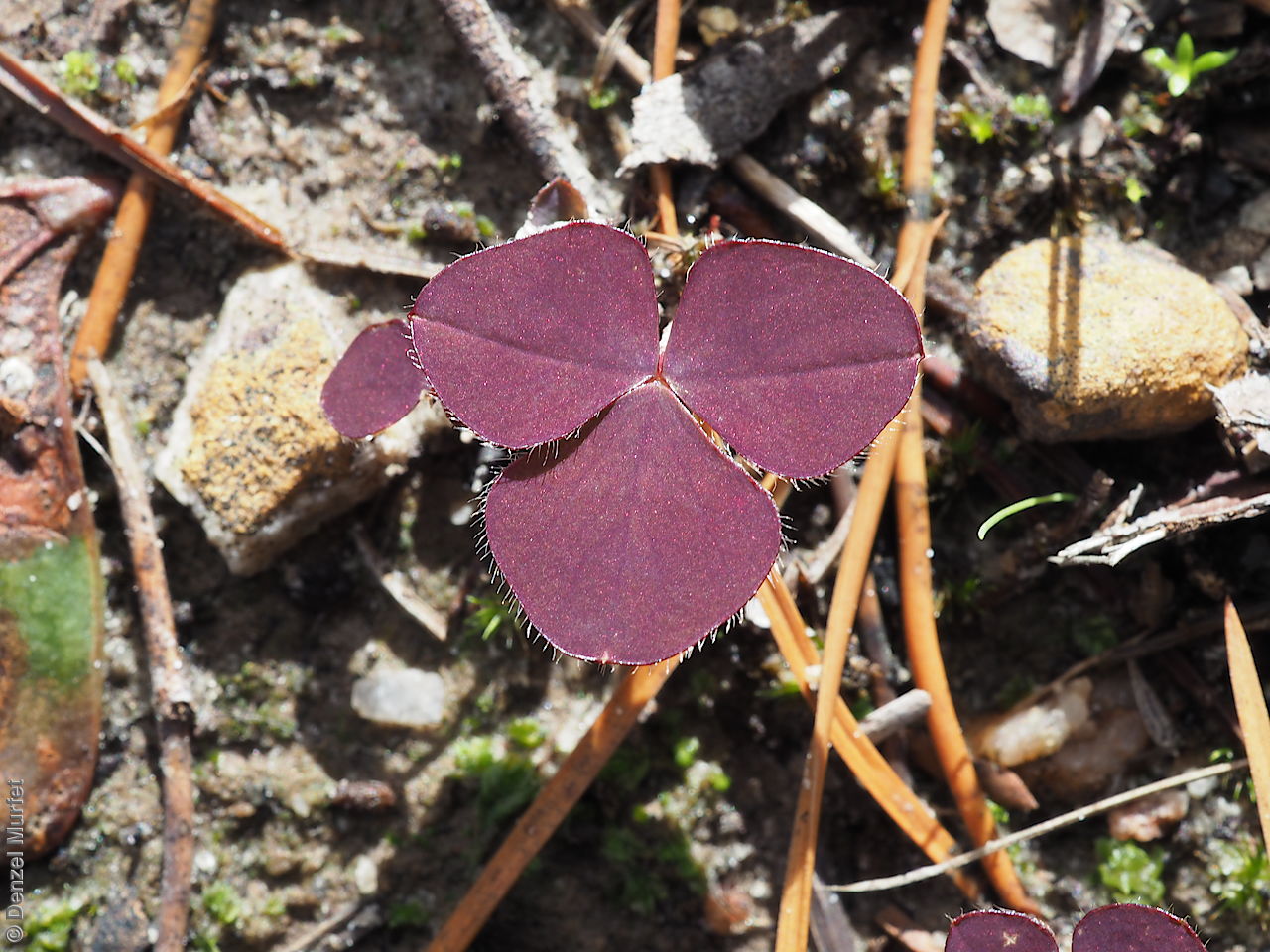
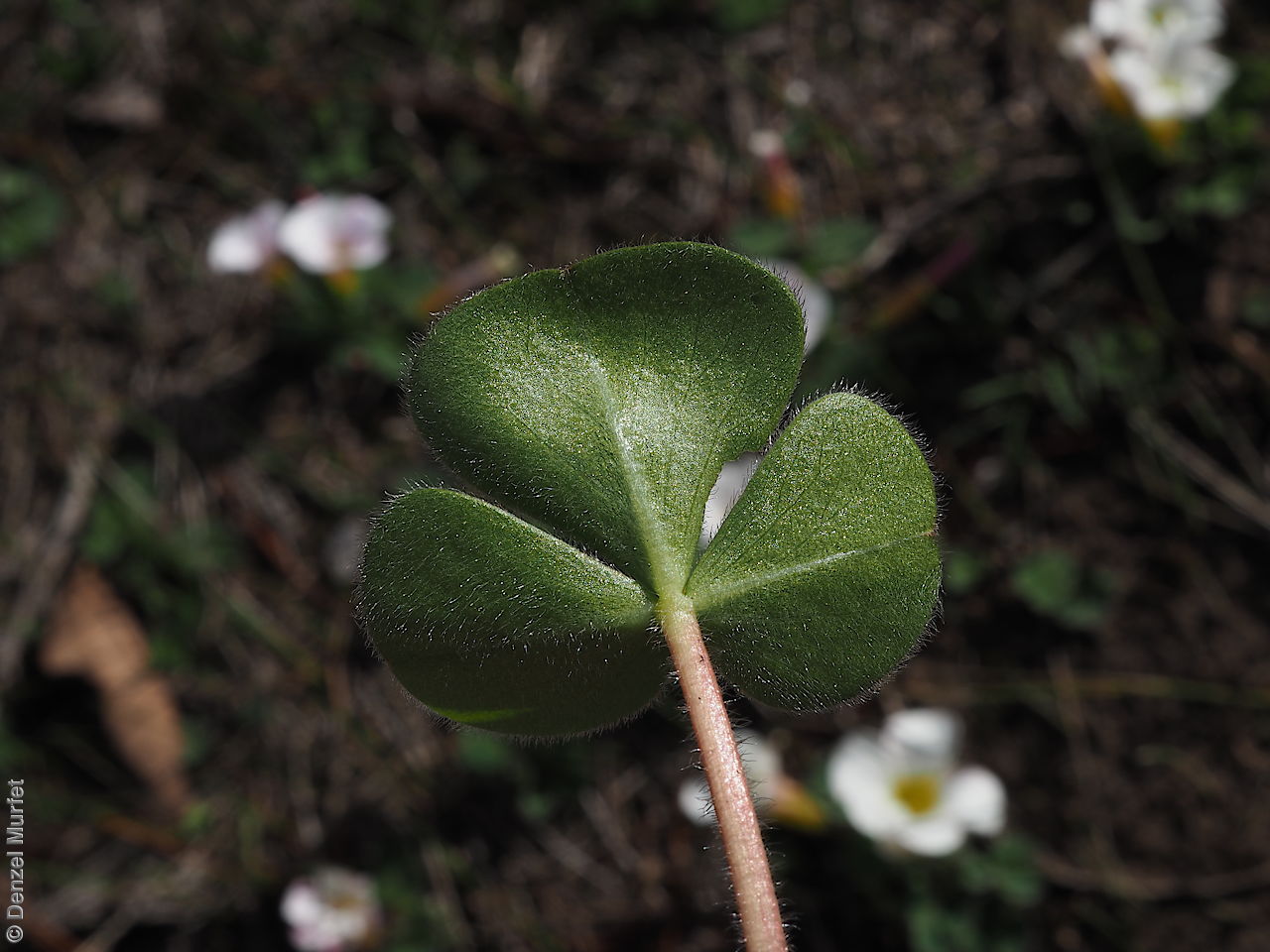
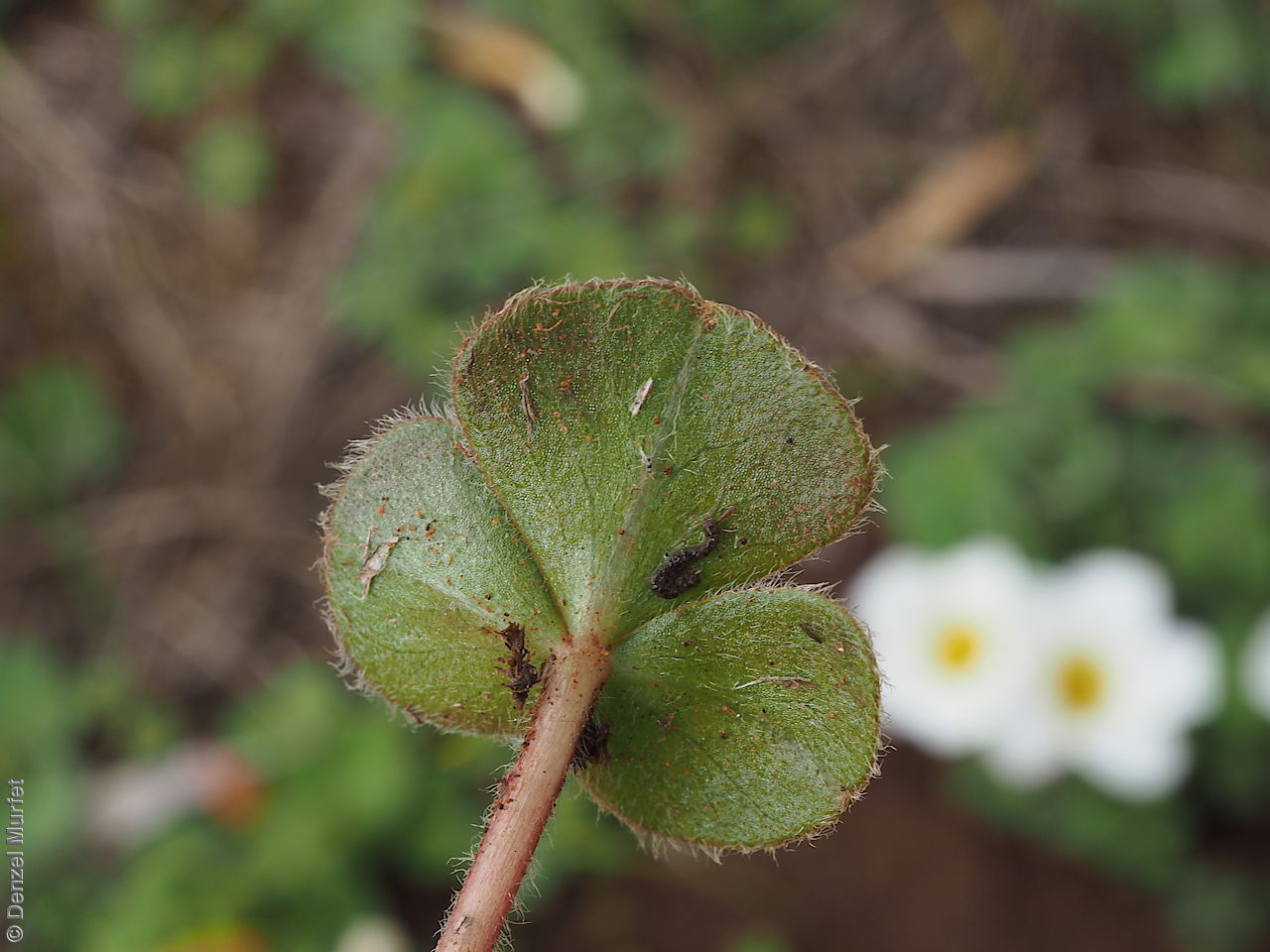
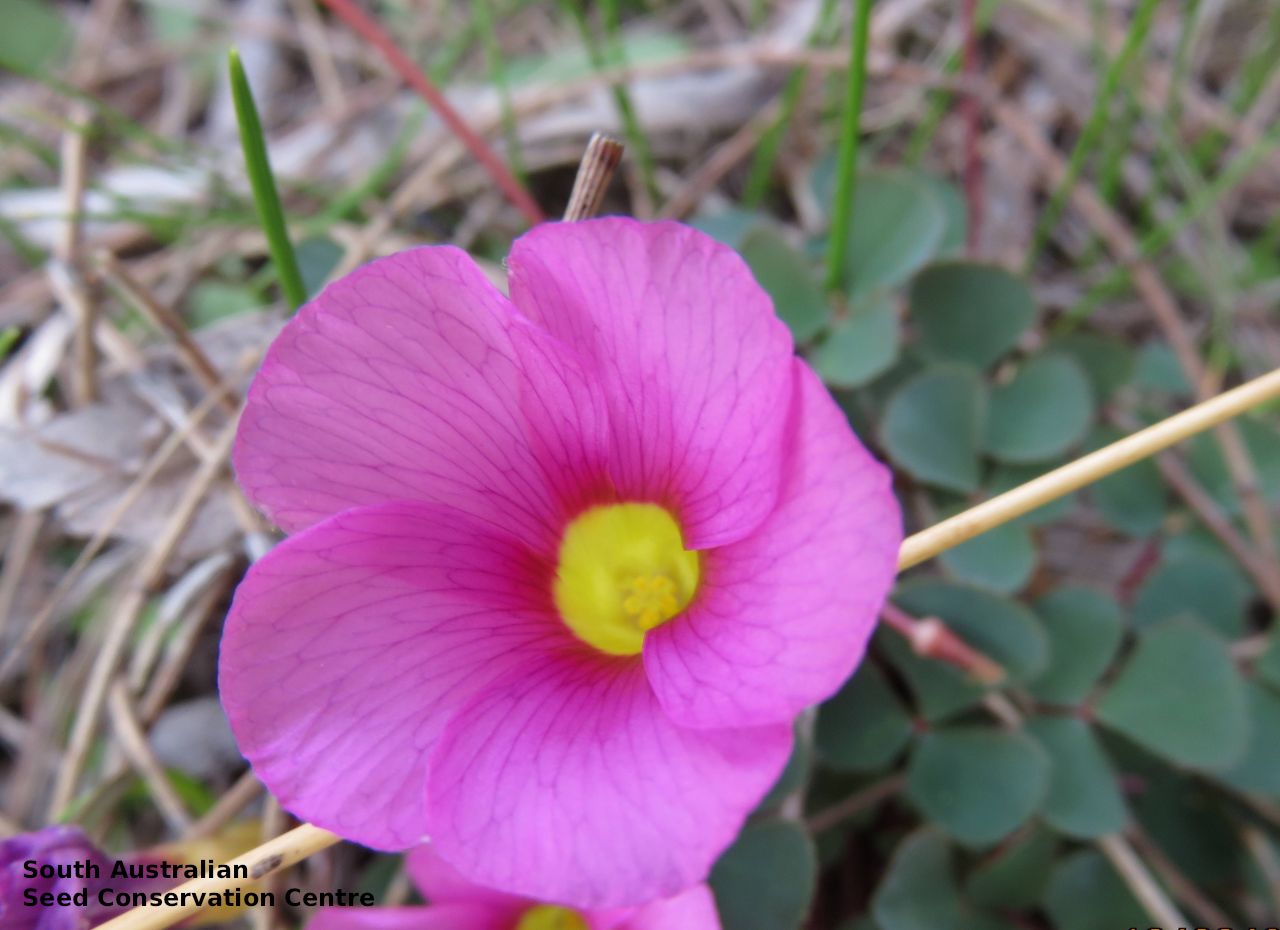
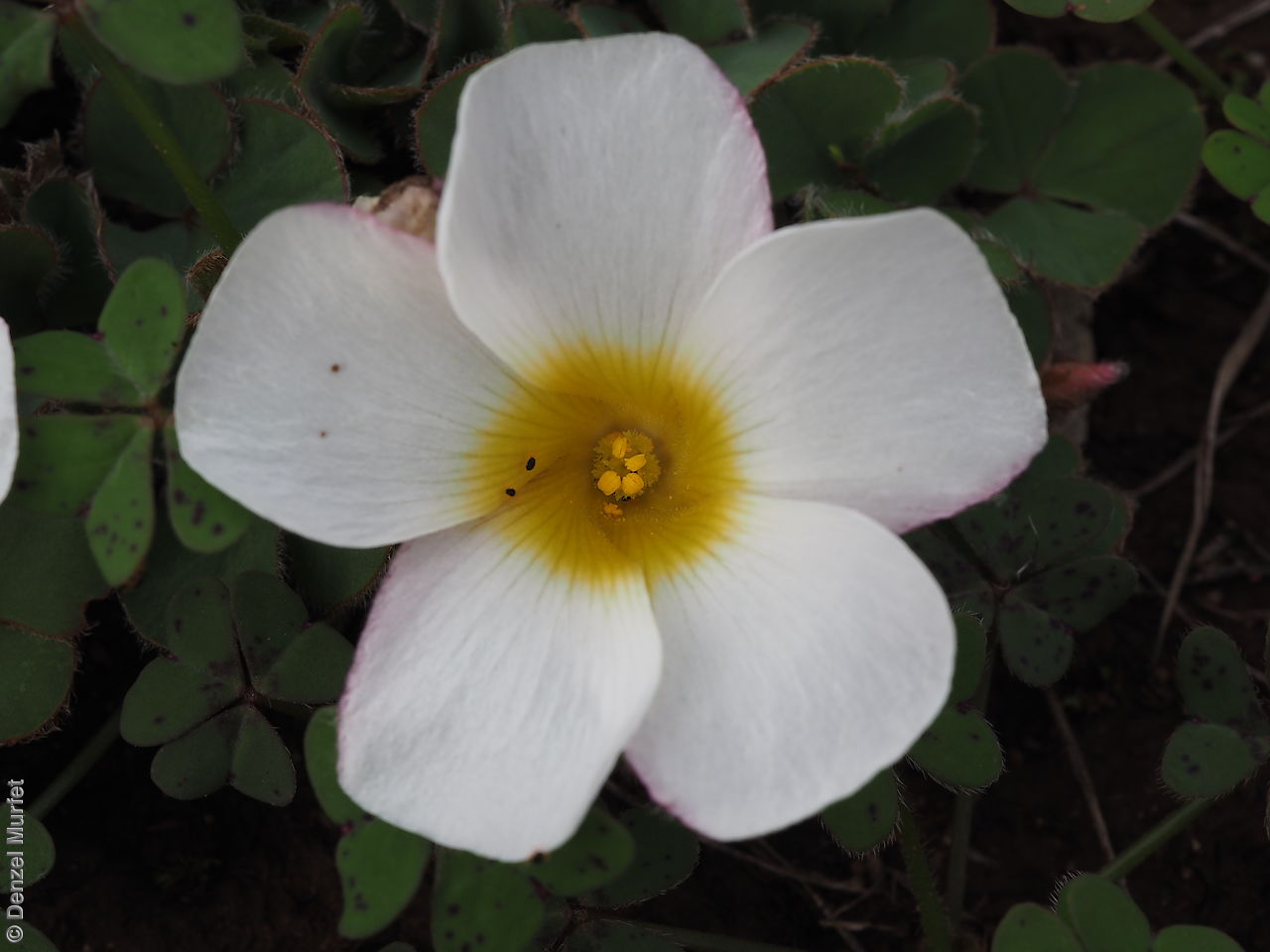
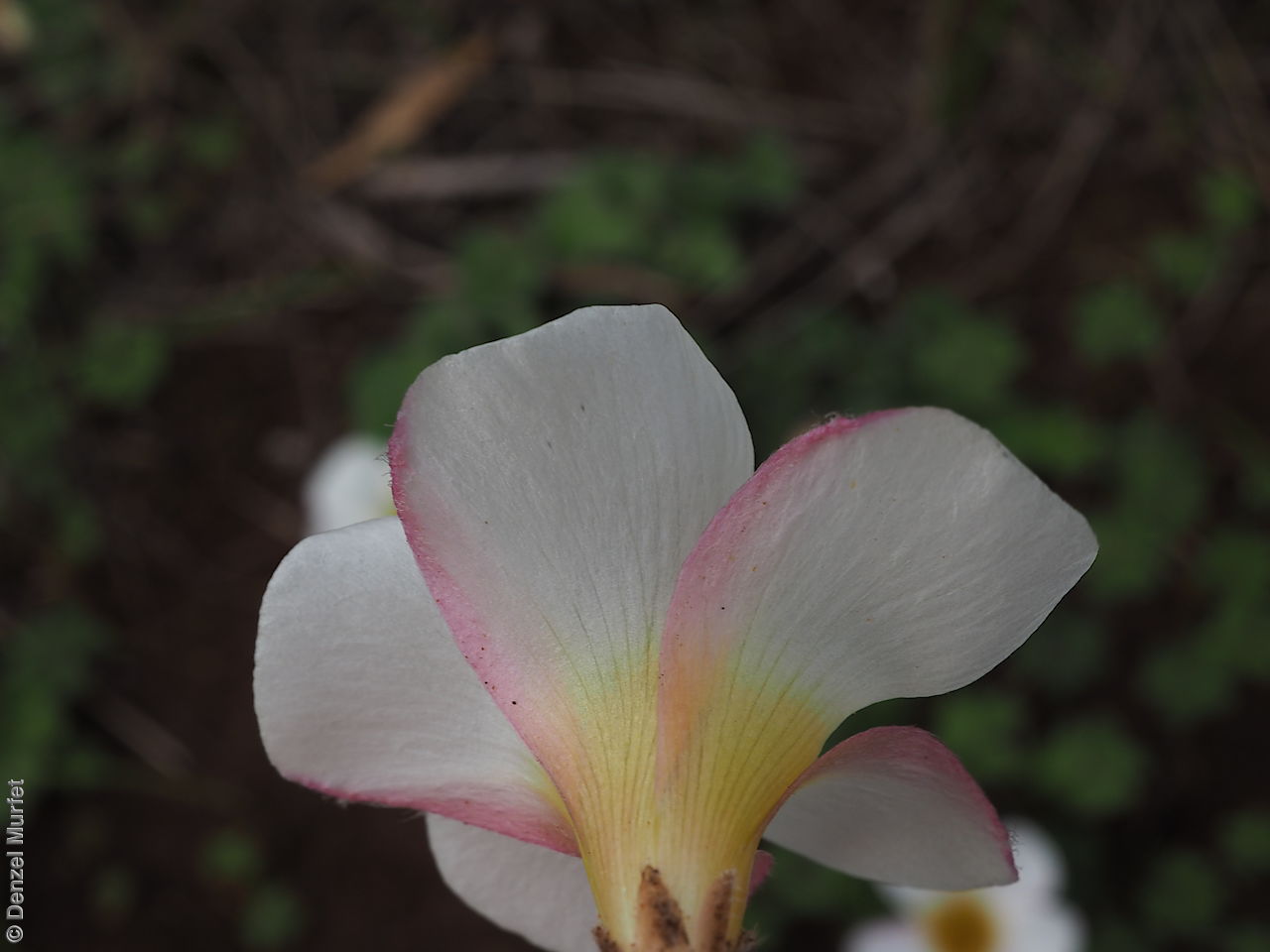
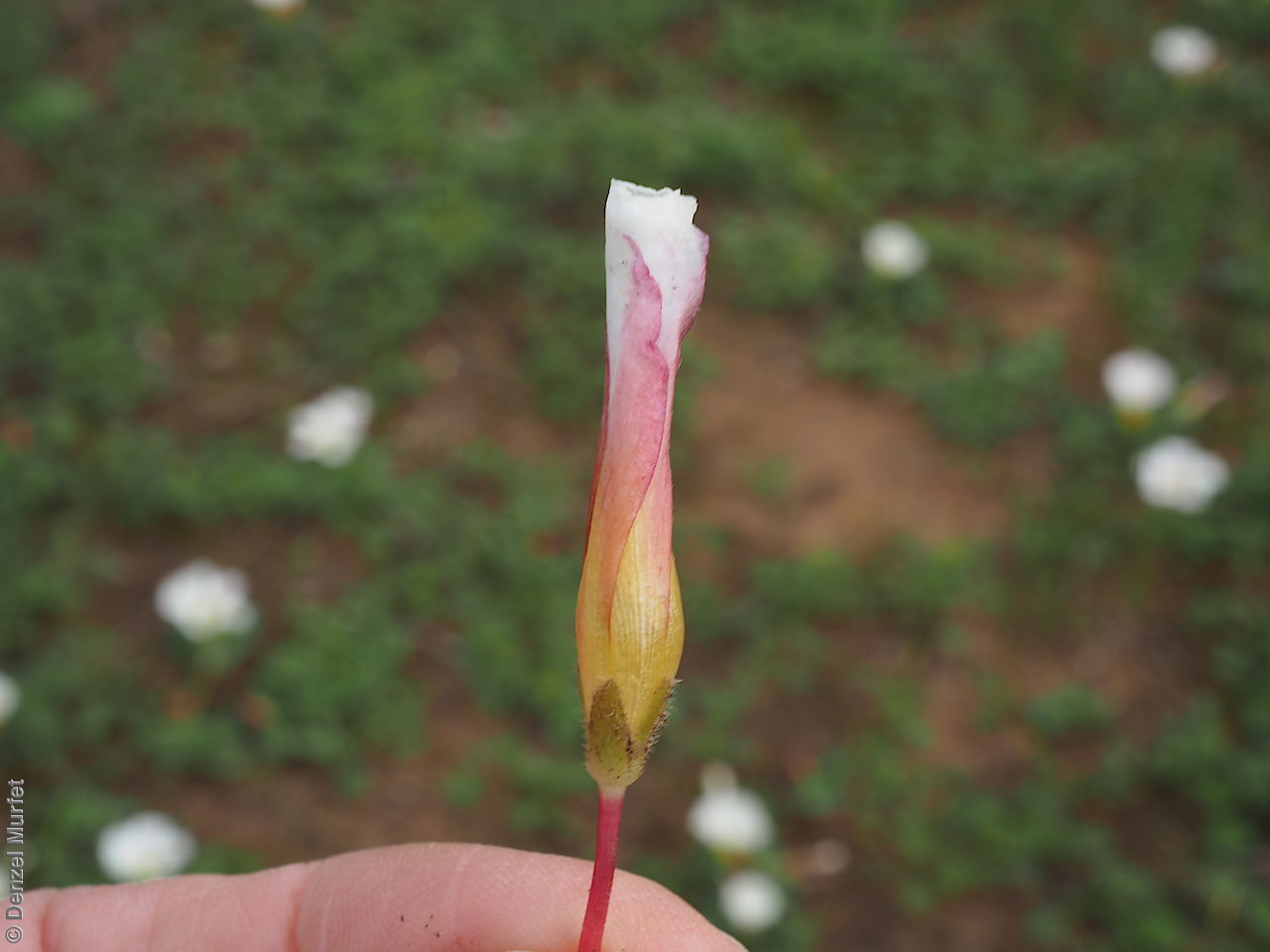
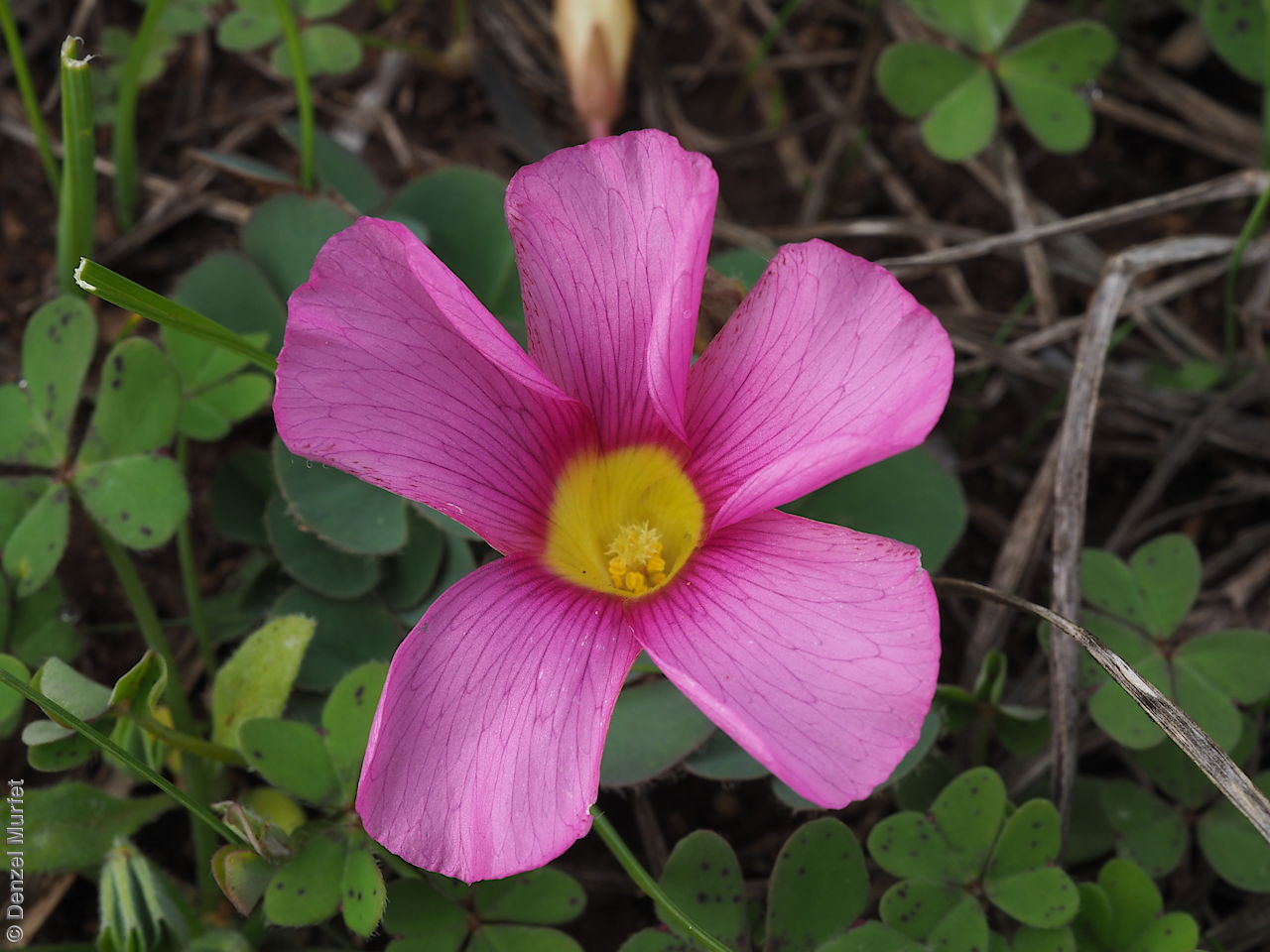

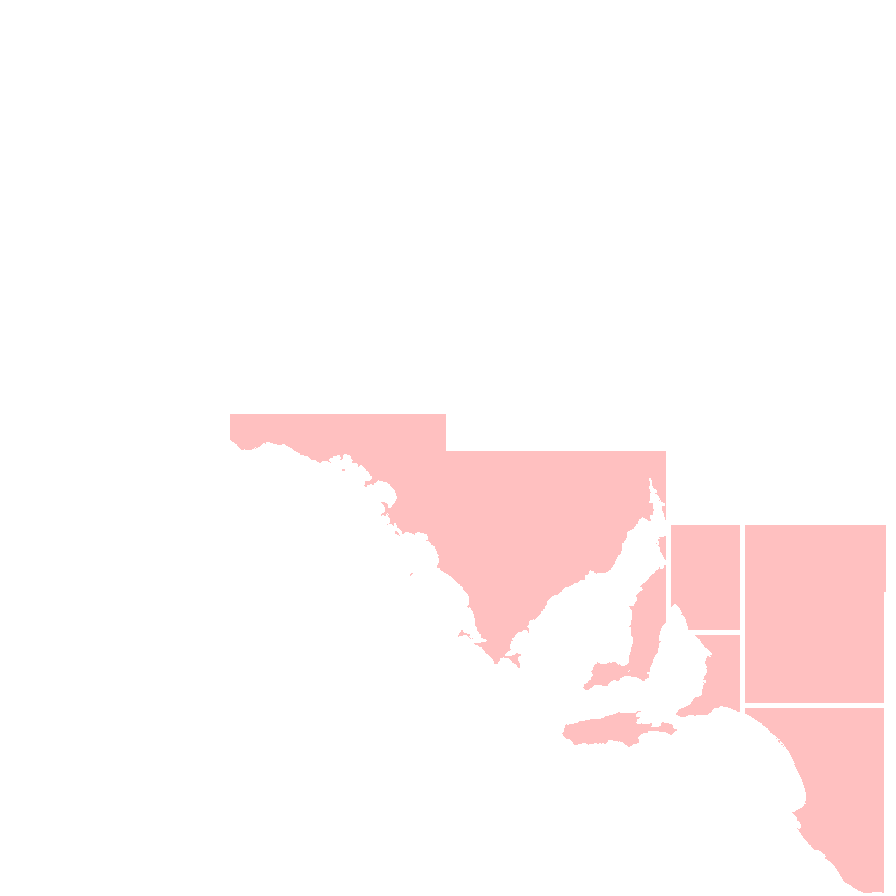
Botanical art
Prior names
Oxalis variabilis
Common names
Large-flower Wood-sorrel
One-o'clock
Etymology
Oxalis from the Greek 'oksos' meaning sour; referring to the taste of the leaves and stems caused by the oxalic acid, especially the flowering stalks of Oxalis pes-caprae. Purpurea from the Latin 'purpura' meaning purple dye; referring to the colour of its flowers
Distribution and status
An introduced species native to southern Africa and is recorded from the Eyre Peninsula, Yorke Peninsula, southern Flinders Ranges, Mount Lofty Ranges, Kangaroo island and the South-east, an escapee from the garden now a weed on roadsides, cemeteries and other disturbed areas. Also found in all states except in the Northern Territory. Introduced. Common in South Australia. Common in the other states.
Herbarium regions: Eyre Peninsula, Northern Lofty, Murray, Yorke Peninsula, Southern Lofty, Kangaroo Island, South Eastern, Green Adelaide
NRM regions: Adelaide and Mount Lofty Ranges, Eyre Peninsula, Kangaroo Island, Northern and Yorke, South Australian Murray-Darling Basin, South East
AVH map: SA distribution map (external link)
Plant description
A rosette forming, perennial, low lying herb with trifoliate leaves and almost circular leaflets that are often purplish underneath and green and spotted or streaked on the upper side. Inflorescence singular on a long stalk with trumpet-shaped, pink-purple or sometimes white flowers. Flowering between April and November. Fruits are long capsules but not known to produce any in Australia. Seeds are not known to set seed in Australia